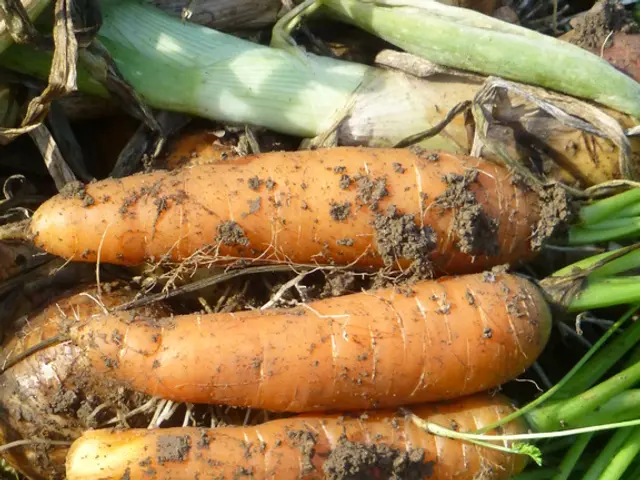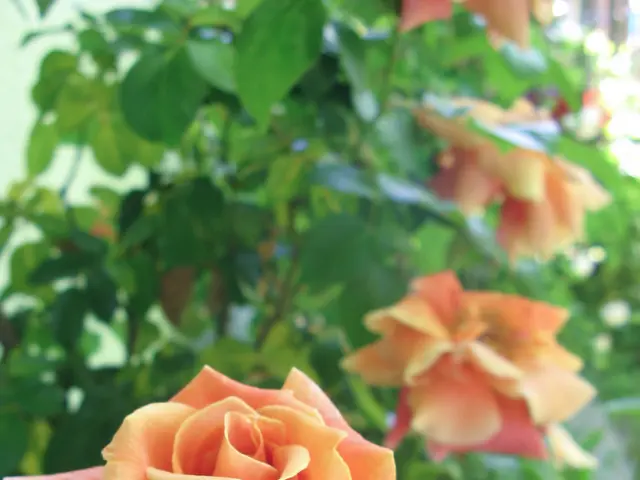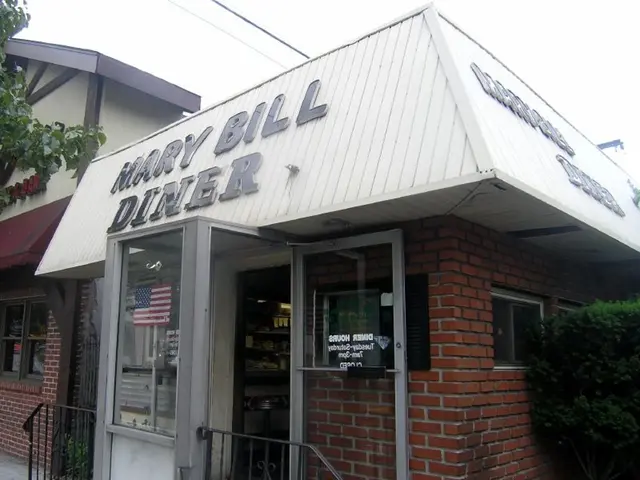Blooming Tips: Flowers 101: Annuals vs. Perennials
Choosing Between Annuals and Perennials for Your Blooming Haven
When wandering through a garden center, the dazzling array of flowers can send your head spinning. But fear not, for I'm here to help you navigate the world of flowering plants. In this guide, we'll discuss two primary types: annuals and perennials. Knowing the differences between these can help you make informed decisions when filling your garden with vibrant, blooming plants.
First things first: Know your climate zone
Before diving into the selection, it's essential to understand your region's climate. The USDA Plant Hardiness Zone Map is a great resource for determining which flowers will flourish best in your neck of the woods. You'll notice that most flower labels at your local nursery will indicate the best zones for the plant. Although perennials in warmer zones are suitable for colder regions, they may die during cold snaps and won't return the following year.
The grand finale: Annual flowers
Embracing annual flowers means enjoying a multitude of benefits:
- Vibrant blooms: Annual flowers, which complete their life cycle in a single season, offer extensive blooms for multiple months or even weeks. Popular choices include petunias, zinnias, geraniums, and begonias, which blossom from late spring through early fall, providing breathtaking color throughout the gardening season.
- Prompt delight: Annuals often come already blooming when you purchase them, allowing for quicker garden transformation than many perennials. They're terrific for last-minute projects when you're hosting guests and want your porch planters and window boxes to shine in a hurry.
- Flexible design: Annuals lend themselves to numerous color schemes and garden layouts. Use them to fill empty spots in an established garden bed or until you figure out what permanent plant you want in a specific spot. Due to their short lifespan, they're also a go-to for container gardens that are updated yearly.
On the flip side, annuals can be cheaper than perennials, but since you'll need to replace them each year, the cost adds up over time.
The return on investment: Perennial flowers
Turning to perennials means investing in plants that will come back year after year:
- Durable greenery: Unlike temporary annuals, perennials live for several seasons or even years, making them an excellent choice for flower bed centerpieces.
- Long-lasting outcome: Perennials offer a better long-term investment compared to annuals since you won't have to replant them annually. When choosing perennials, be aware that certain varieties have different lifespans.
- Year-round interest: Some perennials can provide year-round interest, such as those with evergreen foliage or striking branch structures. By opting for four-season plants, you can enjoy a continuous, verdant garden.
- Water conservation: Once established, perennials generally require less water than their annual counterparts, aiding in water conservation efforts. Selecting native perennials can also help minimize water needs.
While perennials tend to be pricier, their longer lifespan makes them a more cost-effective choice in the long run.
Blend it up: integrating annuals and perennials
Developing a well-rounded garden involves combining the best aspects of both annuals and perennials. Planting annuals and perennials in your flower beds can provide an attractive mix of continuous blooms and solid structure:
- Design harmony: Smaller annuals tucked between taller perennials offer a visually pleasing contrast and help fill in bare spots, while showcasing dazzling blooms.
- Color unity: When combined thoughtfully, annuals and perennials can create a cohesive, captivating garden tapestry.
Experiment with incorporating both annuals and perennials throughout your garden for a more dynamic and expansive garden.
- In the garden center, the vibrant array of annuals and perennials can sometimes confuse a beginner, but understanding their differences can help in making informed decisions.
- Annual flowers, such as petunias, zinnias, geraniums, and begonias, provide extensive blooms for multiple months and are excellent choices for those in a hurry, as they often come already blooming.
- Perennials, on the other hand, are plants that live for several seasons or years, making them a great choice for flower bed centerpieces and a long-term investment compared to annuals.
- When choosing perennials, one should be aware that certain varieties have different lifespans, such as dnl or c72e7ada1f27b28934b1bce645f7a9d2, a lifespan-specific perennial.
- By opting for four-season plants like some perennials, one can enjoy a continuous, verdant garden that provides year-round interest.
- Experimenting with a blend of annuals and perennials results in a well-rounded, dynamically expansive garden, with the vibrant blooms of annuals and the solid structure of perennials.








